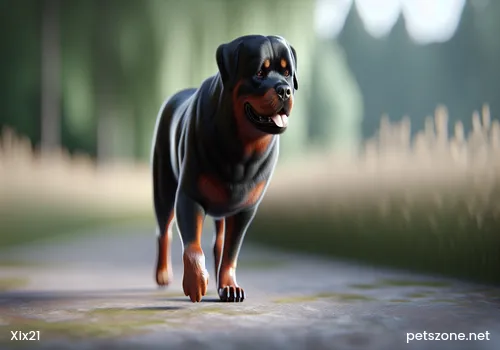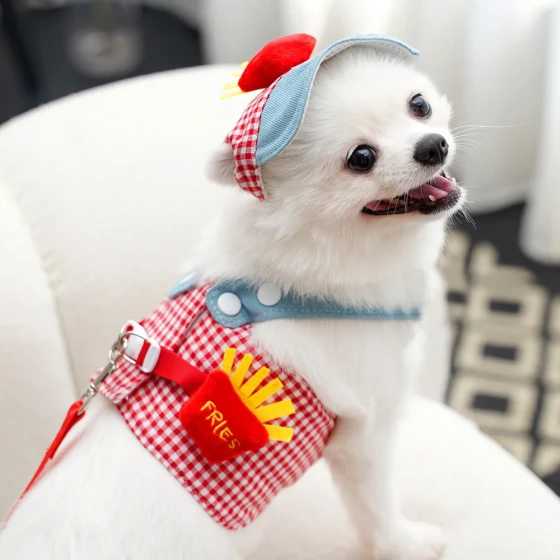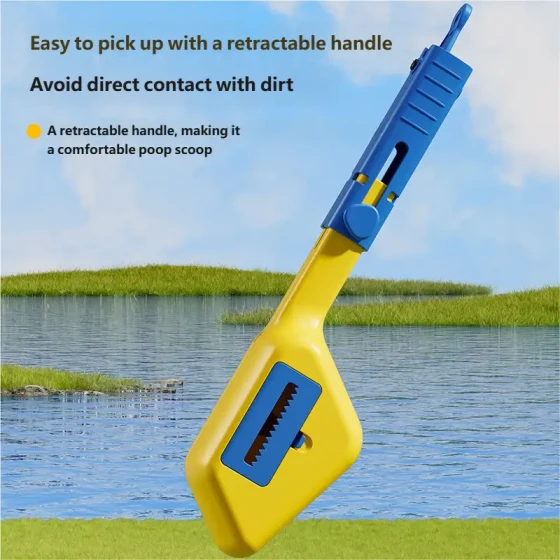About the Schnauzer Ear Cropping Issue

Schnauzer (detailed introduction)
The timing of ear cropping varies depending on the dog's constitution. Personally, I suggest the best time for puppies to have ear cropping is around 120-150 days old, and dogs older, but not exceeding two years old, can still undergo the ear cropping surgery!
As long as the owner has decided to have their dog’s ears cropped (actually, whether or not it is ear cropping, any surgery requires attention), please first know what care your dog needs before surgery?
1. Risks of anesthesia usage: Regarding the whole medical technique during surgery, the most important part is actually the use of anesthetics. In developed countries, "Anesthesiology" is a separate department in medical schools (this is for humans), so it shows the importance of anesthesia in surgical procedures!
In terms of risk rate (although only 0.01%), no hospital! no doctor! would guarantee to the owner "the surgery is definitely safe!!" because no two dogs have exactly the same constitution!
There are too many uncertain factors involved here, including the quality of anesthesia)
Instability in genes causes this! This includes whether endocrine disorders are present? Whether individual allergens relate to anesthesia?
Hidden congenital diseases also cause this! This includes congenital heart disease, kidney disease, liver and gallbladder dysfunction... and so on!
Many hidden diseases owners cannot know when the dog is still a puppy (this topic relates back to the breeder’s responsibility), so behind an apparently healthy appearance, there is actually a certain risk!
Therefore, when deciding to have your dog’s ears cropped, this is one of the factors to consider.
Of course, sometimes human error is involved!
So finding a reputable hospital with a good reputation is a very important prerequisite for surgery, including medical skill and medical ethics!!
OK! The hospital is chosen!
Precautions before dog ear cropping
1. No food or water 12 hours before surgery!
2. After surgery, go home and take a good long nap to avoid seeing the surgery scene and getting heartbroken!
3. Post-surgery observation in hospital is required until the vet indicates the anesthesia has worn off before taking the dog home!
4. After going home, the dog might still feel dizzy; do not feed immediately, but encourage drinking more water to enhance excretion and shorten anesthesia residue time!
5. Put an Elizabethan collar on the dog, only remove it when feeding, then put it back quickly to prevent the dog from scratching the wound with its paws!
6. Give medication on schedule and apply ointment to avoid wound inflammation!
7. Monitor the wound healing, especially around the ear base. If it is dry and scabbed, no problem; but if it looks like pus discharge, immediately take the dog to the hospital for inspection and treatment!
Other foods remain as usual; playtime might have to be confined at home for 7-10 days, and if feeling dirty, wipe with a wet cloth!
That’s about it. On the first day you might worry a bit, but after two days... the dog’s behavior will be normal as usual.
Before surgery, please withhold food and water for over 8 hours to avoid vomiting during or after surgery that can cause choking and suffocation.
After surgery, please observe the dog’s awakening condition in the hospital (this varies due to different anesthetics and dosages) and communicate with the vet. Only discharge when the dog can stand (anesthesia mostly worn off).
At home, do not rush to feed; encourage drinking water to promote metabolism and accelerate anesthesia discharge (dogs may still show minor anesthesia aftereffects like trembling, drooling, head shaking or nodding, unstable walking, and inattention, which are normal as long as not severe), and feed only after urination!
Please put an Elizabethan collar on the dog (although some dogs might be very well-behaved and won’t disturb the wound, that is rare) to avoid itching during wound recovery, which causes scratching leading to infection and delayed healing.
Administer doctor-prescribed oral and topical medications on schedule.
Topical medicines vary by hospital, so follow vet instructions strictly. Do not arbitrarily use highly irritating antiseptics on your dog’s wound, as this may impair recovery!
Constantly monitor the wound progress
The wound usually dries within 2-3 days; if it is yellowish and scabby but dry, this represents minor infection that, if treated carefully and diligently, is no issue. However, if the wound remains moist, sticky, unable to dry, and has clear watery fluid or blood mixed with pus, quickly take the dog to the hospital for vet inspection and treatment!
Once all is well, after 7-9 days, you can return to the hospital for suture removal to complete the process, and continue applying topical medicine for 2-3 days to ensure stitch holes close properly.
Finally, watch the dog’s ear cropping posture. Sometimes, due to incomplete development of ear cartilage before surgery, the ears may turn outward or inward after cropping. In this case, observe for 2-3 weeks to see if ear development improves naturally. If after 30-45 days the ears still do not stand up, corrective ear posturing is required!
Method of corrective ear posturing: Prepare cotton and rolled paper together wrapped into a strip (the same size as the cropped ear)
Clean out the ear hair to be removed and apply ear cleaner, then place the prepared strip inside the ear and wrap the ear around it; afterwards, wrap a bandage around the outer ear and secure with tape!
Open and check ear standing condition after one week; if correction is poor, wait a day then repeat the steps for another week, continuing until the ears stand to the owner’s ideal standard before stopping correction!
Any sturdy item that does not harm the dog’s ear can be used as a supporting ear brace. You can of course use cotton swabs! But I have tried cotton swabs, and their rigidity is insufficient, easy to deform, thus failing to provide support! You might want to pay attention to this point.
Furthermore, no need to cover the support stick (cotton swab or paper stick) with double-sided tape!
Just place the support stick in the middle of the dog’s ear, then fold the ear from both sides to wrap around the support. After wrapping, add a layer of cardboard or substitute material, then wrap the outer ear and fix with tape (do not wrap tightly — leave breathable gaps). Finally, wrap the outer ear shape with medical bandage and fix it. This completes the ear taping step. Then, every 7-10 days open it to check if correction is complete. If not, rest 1-2 days then repeat. Repeating several times usually works.
By the way, as for the golden period for puppy ear posturing, I personally do not recommend ear cropping at just 3 months old, because dog ear cartilage needs at least 120 days (4 months) to fully develop. So I don’t know where the idea that the golden period is 3 months comes from?
Of course, pups around 90 days old can undergo cropping, but they almost always need ear taping afterward; most dog owners online are not so professional or patient, so I often see that the ear shape of cropped Schnauzers on forums is inwardly bent! This is a pity!!!
Another scenario is when, despite correction and taping, the dog’s ears still cannot stand. This is because ear cartilage was damaged during cropping, which is less common!
This mostly happens due to vet carelessness, usually during final suturing when the needle passes through the ear cartilage accidentally and the knot is right on top. The cartilage is compressed by the suture causing "ear fold"! (Like a flower when blooming, if you fold it at the stem, the flower won’t die or break, but it cannot stand up straight.)


-560x560.webp)


